
The Mighty Moss: Nature’s Unsung Superhero

In the grand theater of nature—where towering trees stretch skyward and dazzling flowers compete for attention—a quiet protagonist is finally stepping into the spotlight. Moss, the unassuming green carpet that cloaks rocks, tree trunks, and forest floors, is gaining overdue recognition. Long dismissed as a simple backdrop to more flamboyant flora, moss is now being celebrated for its ecological importance, resilience, and surprising beauty. Recent scientific discoveries are revealing that this humble plant may just be one of nature’s most powerful, yet underrated, heroes.
The Silent Empire of Green
A groundbreaking global study has illuminated the true scope of moss’s influence. Scientists surveyed more than 100 locations across eight distinctly different ecosystems—from alpine tundras to tropical rainforests—and what they found was astonishing. Moss blankets an estimated 3.6 million square miles of Earth’s surface. To put that into perspective, that’s roughly the size of Canada’s entire landmass. Yet this quiet empire thrives largely unnoticed, silently shaping the health of our planet.
Unlike vascular plants with roots and elaborate water transport systems, moss has evolved to absorb moisture directly from the air through its leaves. This allows it to flourish in environments that would be inhospitable to most other plant life. From foggy forests to barren deserts, moss survives—and even thrives—where few others dare to grow.
Masters of Resilience
In some of Earth’s harshest environments, moss proves its mettle. Particularly in Australia’s arid interiors, certain species have developed an extraordinary ability to survive extreme dehydration. When conditions become too dry, they don’t die—they simply curl into tight balls and enter a dormant state, effectively pausing life. Amazingly, some moss samples over a century old have been revived with just a splash of water, springing back to life as if no time had passed. This incredible trait is redefining how we understand plant resilience and longevity.
Moss isn’t just a survivor—it’s an ecological engineer. By helping retain moisture in the soil and creating microclimates, moss helps other plants take root in otherwise hostile conditions. It often serves as the first step in ecological succession, paving the way for forests and other ecosystems to regrow after fires, landslides, or volcanic eruptions.
Nature’s Green Guardian
Beyond its personal survival skills, moss plays a crucial role in maintaining ecosystem balance. It contributes significantly to nutrient cycling, enriching the soil with nitrogen, phosphorus, and organic matter. Research shows that areas covered in moss have healthier, more nutrient-rich soil than those without it. These nutrient dynamics also promote greater carbon storage, making moss an unexpected but powerful ally in the fight against climate change.
Moss’s environmental benefits don’t end there. The same study found that moss-rich soils harbored fewer plant pathogens, suggesting a natural disease-suppressing effect. Essentially, moss creates a healthier, more resilient environment for surrounding plant life—functioning like a green immune system for the earth.
An Architect of Biodiversity
Thanks to their finely woven structure and moisture-retaining capabilities, mosses are essential for supporting biodiversity. Their sponge-like mats provide shelter for insects, amphibians, and small mammals. In Ontario, Canada, the endangered spotted turtle uses sphagnum moss as a safe winter refuge. These interactions reveal how mosses form the bedrock of complex food webs and microhabitats.
Moss is also a pioneer species in extreme environments. In the wake of volcanic eruptions or glacial retreats, moss is often among the first to colonize barren landscapes. Alongside cyanobacteria and algae, it lays the groundwork for entire ecosystems to regenerate.
Some species have even evolved to thrive in near darkness. The aptly named “dragon’s gold” moss glows faintly in caves thanks to specialized reflective cells that maximize limited light. This bioluminescent-like adaptation is not just visually stunning—it’s a testament to moss’s evolutionary ingenuity.
From Ancient Origins to Modern Uses
Remarkably, moss may have been one of Earth’s first land plants. While it was once believed that early terrestrial flora were rudimentary, emerging evidence suggests that mosses—and their cousins, hornworts and liverworts—were surprisingly complex and pivotal in transforming Earth's barren surfaces into the lush, life-supporting landscapes we see today.
In modern times, moss is experiencing a renaissance in gardening and landscape design. Its lush texture, low maintenance, and aesthetic appeal make it a favorite among both amateur gardeners and professional designers. Whether used in terrariums, vertical gardens, rock walls, or Japanese-inspired moss gardens, this versatile plant brings tranquility and natural beauty into both indoor and outdoor spaces.
There are two primary types of moss used in cultivation:
-
Acrocarpous moss: Grows upright in small, delicate tufts—ideal for rock gardens and minimalist landscapes.
-
Pleurocarpous moss: Spreads horizontally like a dense carpet—perfect for ground cover or container gardens.
Moss requires minimal water, no fertilizers, and thrives in shaded, moist conditions. These characteristics make it an eco-friendly alternative to traditional lawns and ground cover plants. In addition, moss helps filter the air, absorbing pollutants and releasing clean oxygen—beneficial for both the environment and human health.
How to Cultivate Your Own Moss Garden
For those inspired to grow moss, early spring is the optimal time to begin. The combination of gentle sunlight and moist soil creates ideal conditions for moss establishment. However, moss can also be cultivated year-round indoors if you maintain proper humidity, light levels, and airflow.
To get started:
-
Choose a shaded area or low-light indoor spot.
-
Ensure the surface is moist and acidic (pH between 5.0 and 5.5).
-
Gently press moss fragments onto the surface.
-
Mist regularly and avoid foot traffic for the first few weeks.
With a little patience, you’ll soon have a living, breathing green masterpiece.
Conclusion: A Green Marvel Worth Celebrating
As science uncovers more about the secret life of moss, it's becoming clear that these miniature plants wield a power far greater than their size suggests. From purifying air and soil to protecting biodiversity, regenerating ecosystems, and even fighting climate change, moss is proving to be one of nature’s most valuable allies.
So, the next time you stumble across a soft, velvety patch of green in the woods—or even on a city wall—pause for a moment. Look closer. Beneath that simple surface lies a rich, ancient, and vital story. Moss may be small, but it’s mighty—and it’s finally getting the recognition it deserves.
News in the same category


Officer Breaks Car Window to Rescue Baby – Then Realizes It Was a Mistake

What Space Actually Smells Like, According to Astronauts and Scientists

Scientist Watches to See If Strange Interstellar Object Releases Any Probes

Prime views of the Andromeda Galaxy and Ceres—October 2

Prime views of the Andromeda Galaxy and Ceres—October 2

September 9 Meteor Shower: Epsilon Perseids to Dazzle the Night Sky

Gas Giants of the Solar System: Jupiter, Saturn, Uranus & Neptune

YouTuber destroys new iPhone Air with a blowtorch to test its durability

GameStop issues promising statement following Xbox Game Pass price hike

1st solar eclipse of 2025 puts on stunning show for skywatchers around the world (photos)

10 Safest Countries to Visit in Europe

Majestic Peaks: Top 10 Mountains to Visit in Europe

Explore the Best of Britain: 12 Epic UK Road Trip Ideas

Tomorrow Island (Russia) and Yesterday Isle (USA) Are Just Three Miles Apart But There’s a 21-Hour Time Difference Between Them

Demystifying Oxygen Production: Oceans vs. Amazon Rainforest

Bizarre radio signals that defy physics detected under Antarctica: ‘It’s one of these long-standing mysteries’

Do Not Do This On Your Glass Stove
News Post
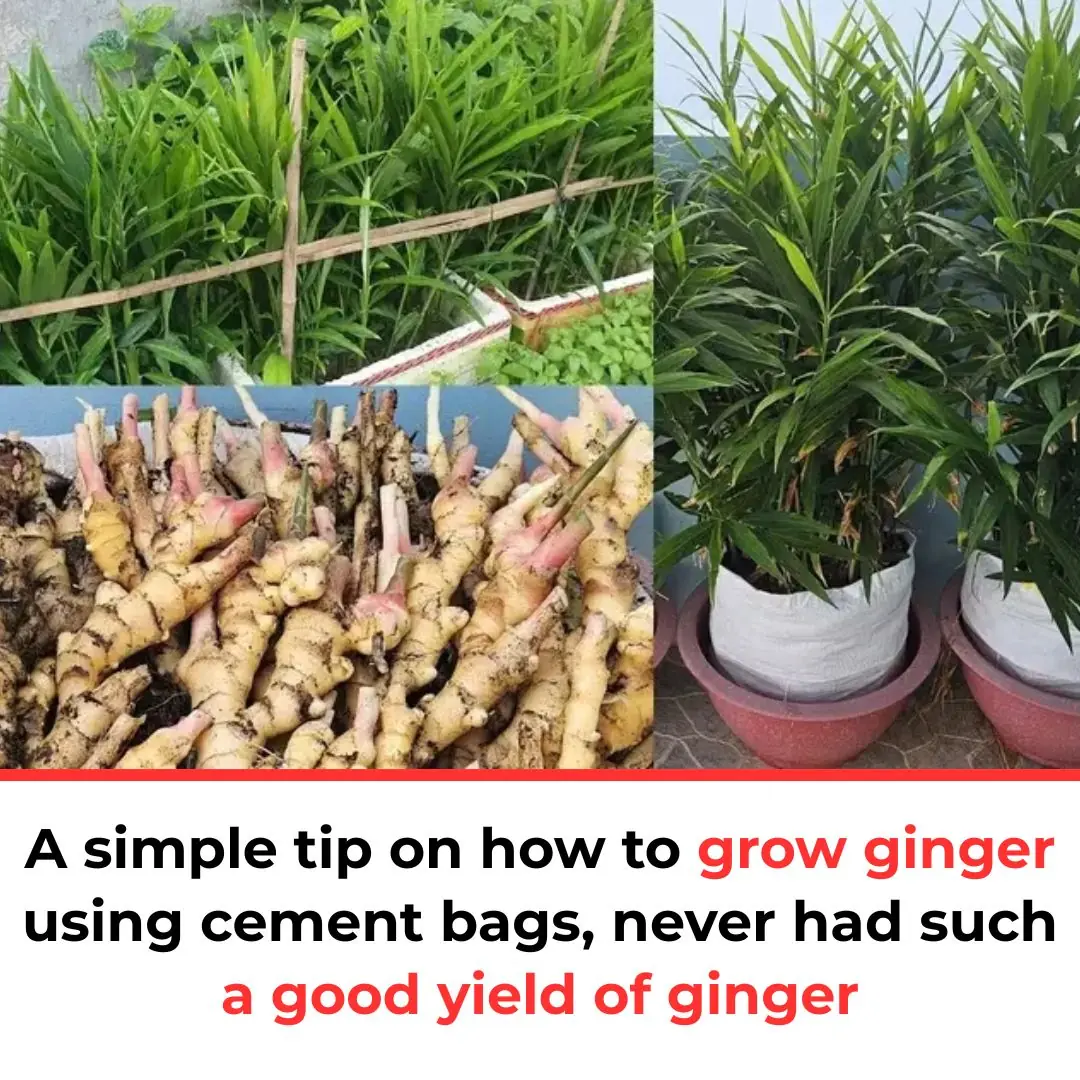
A simple tip on how to grow ginger using cement bags, never had such a good yield of ginger

Blanching pork in boiling water, you think it's clean but it absorbs more dirt: This is the right way to do it

Married at First Sight UK fans crown 'best match' after two weeks

Selena Gomez’s kidney donor, Francia Raisa, addresses wedding snub and feud rumors

David Ortiz sparks awkward moment on Fox postgame show: ‘Sounds like Hitler’
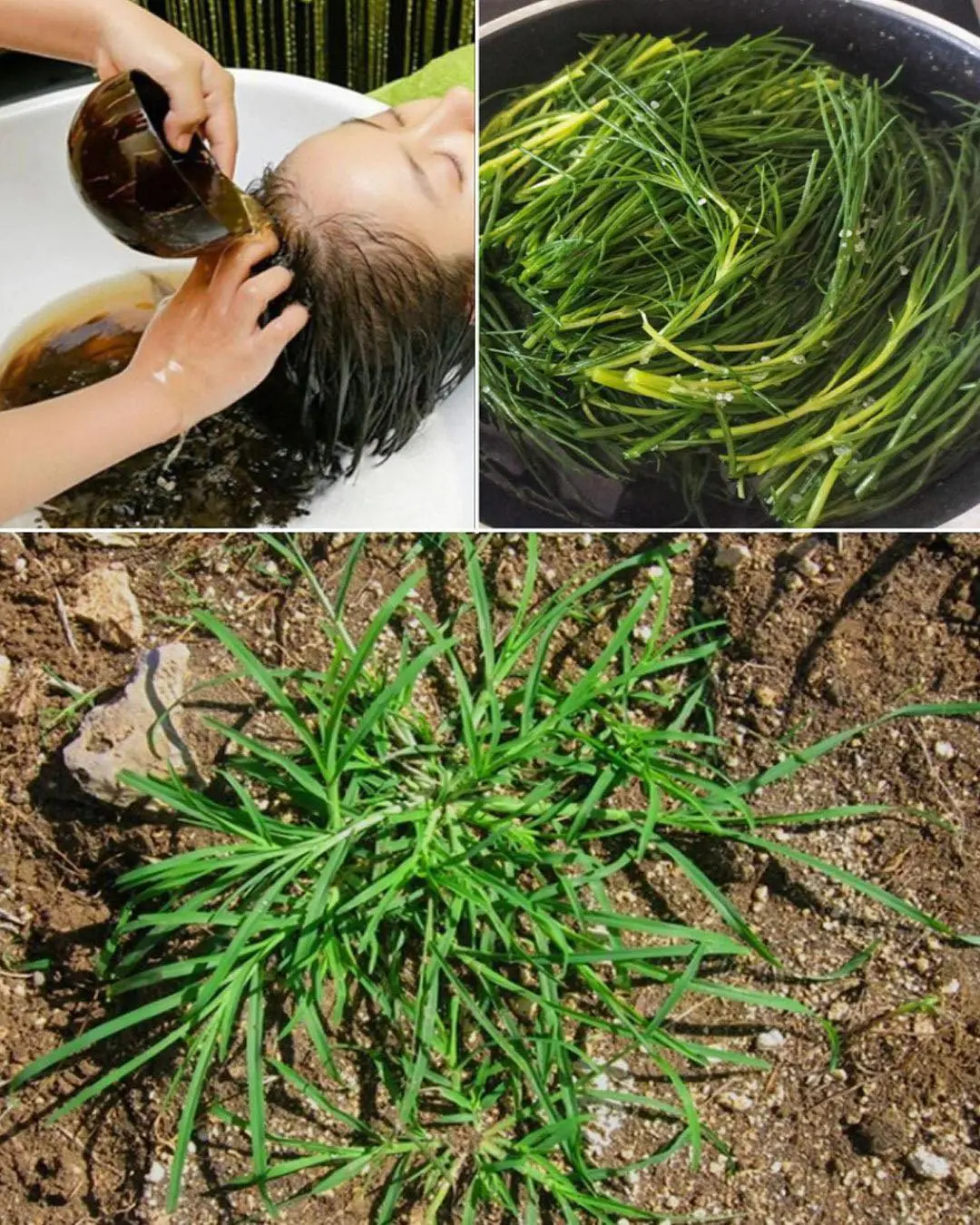
Crabgrass for Hair Loss: Natural Remedies and Uses
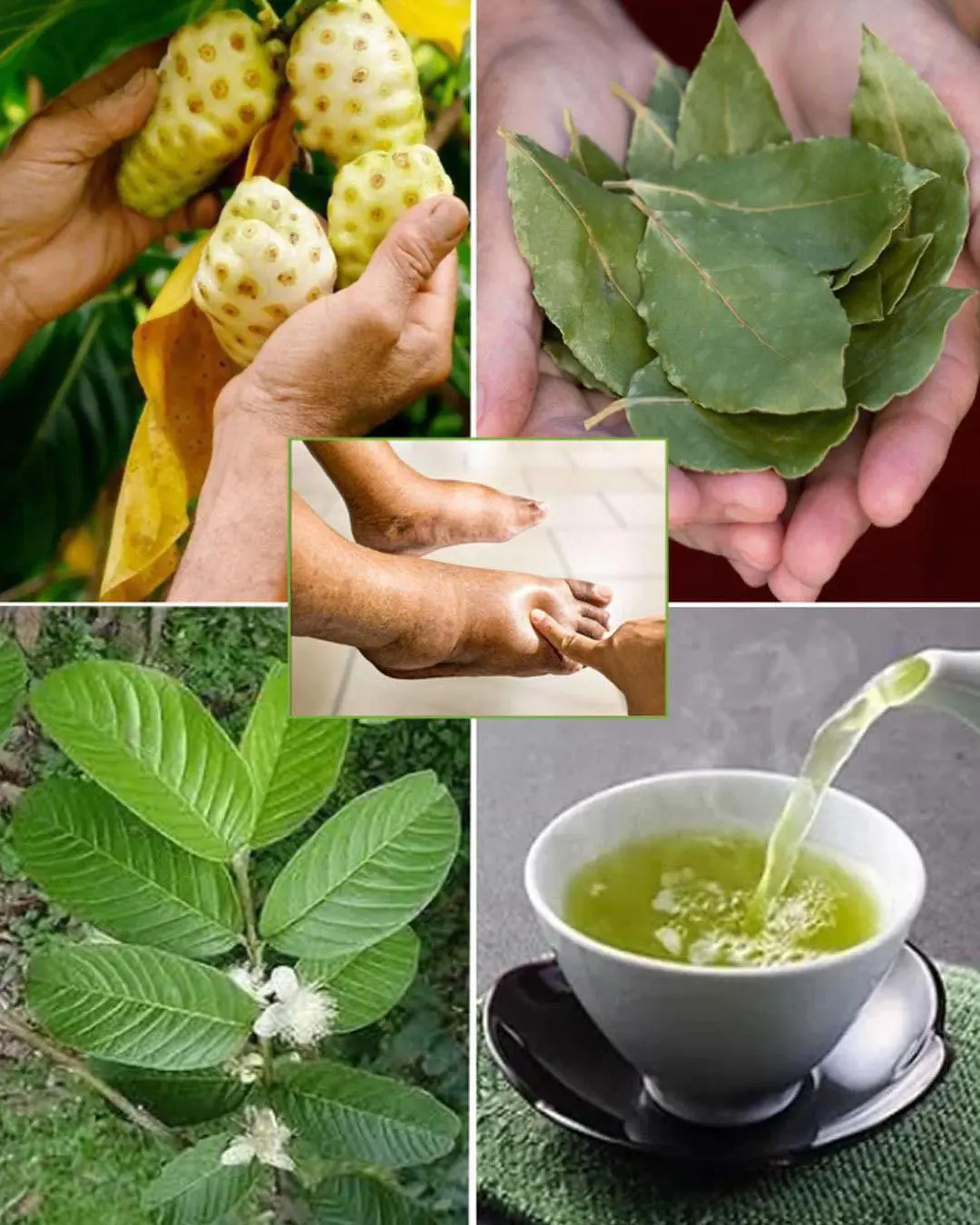
The Ultimate Healing Tonic: A Powerful Drink to Combat Swollen Feet, Diabetes and Poor Circulation
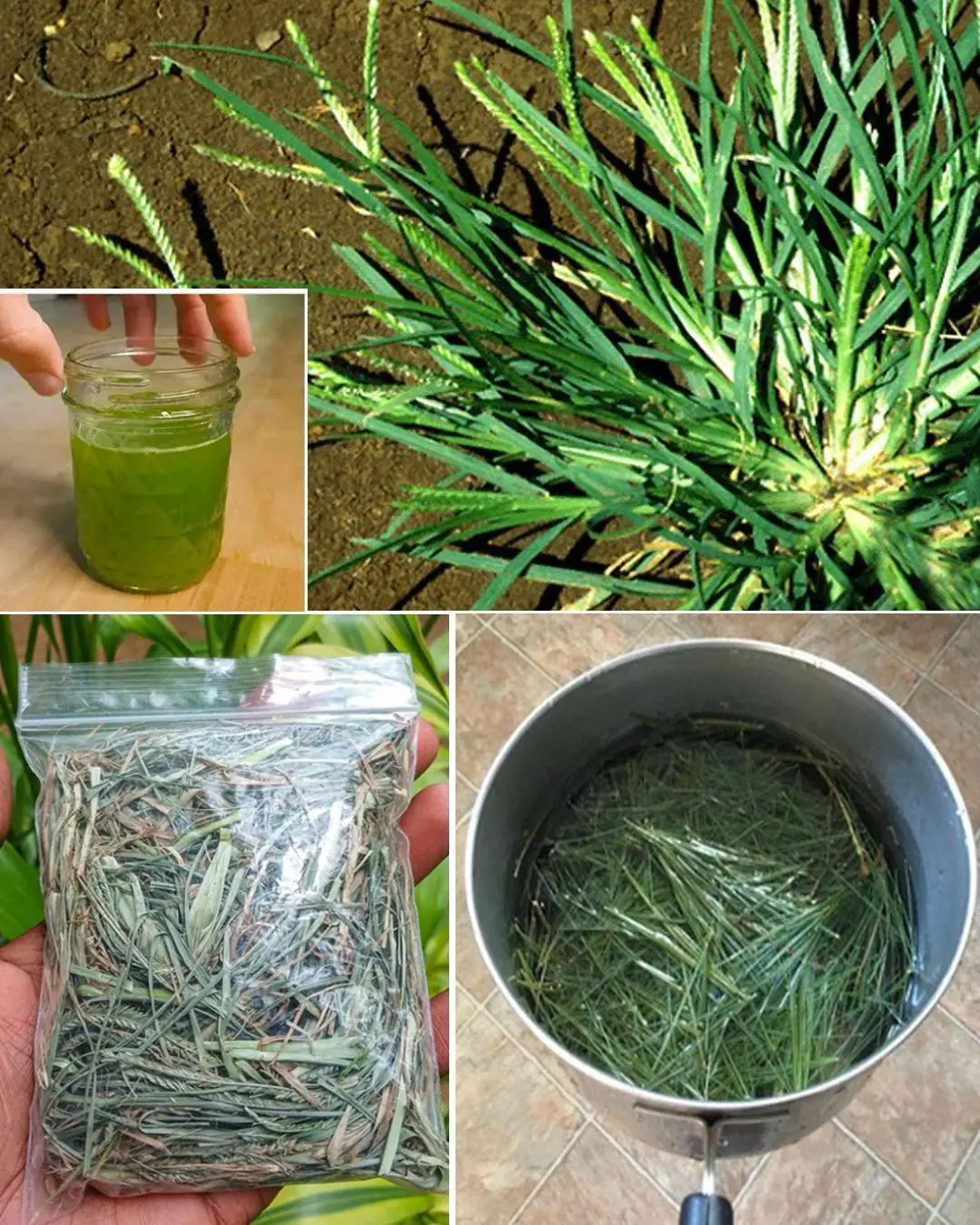
Goosegrass: Health Benefits and Uses

How to grow ginger at home to have an endless supply (and make it flower)
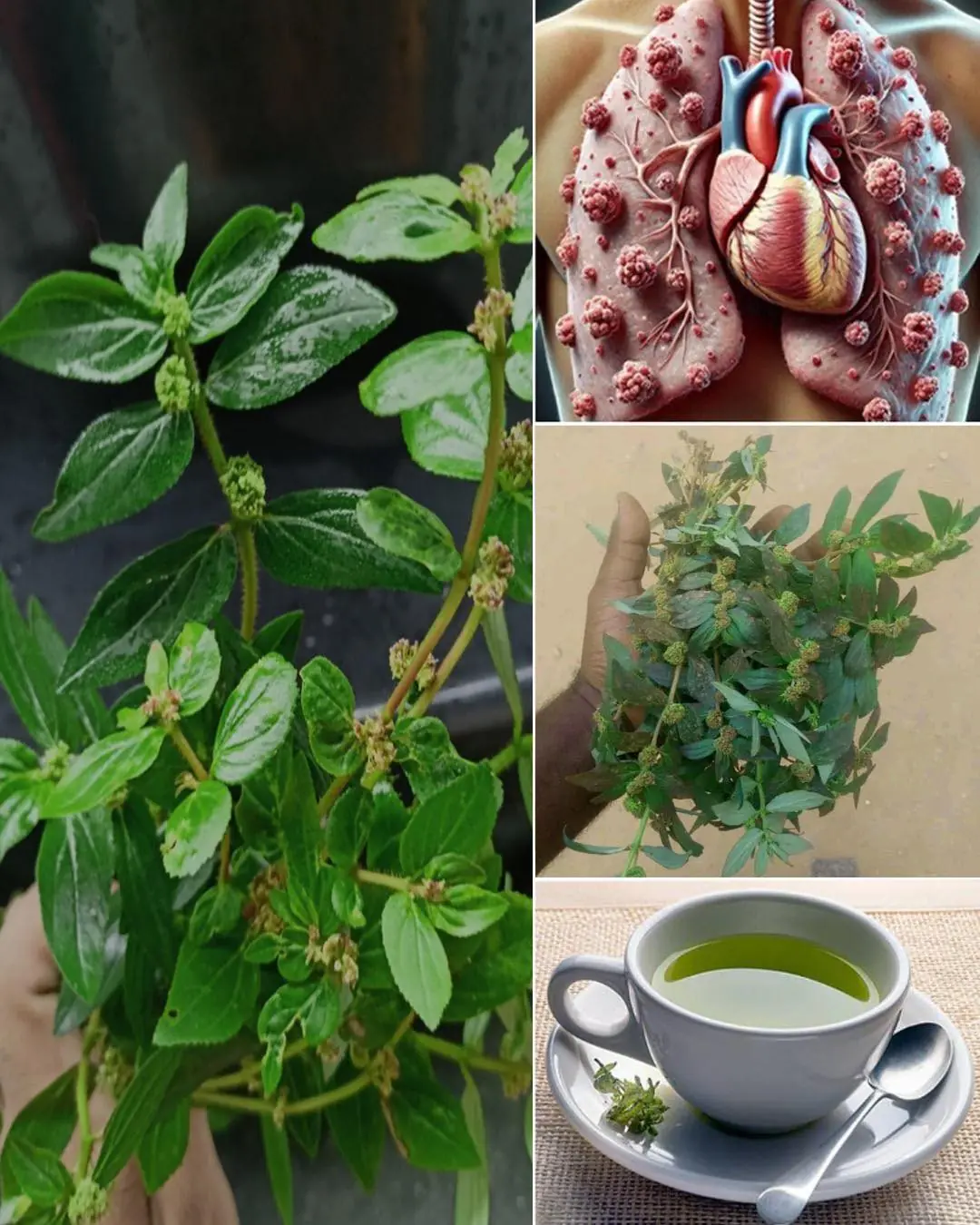
Asthma Plant Tea – Benefits and Uses of Euphorbia hirta
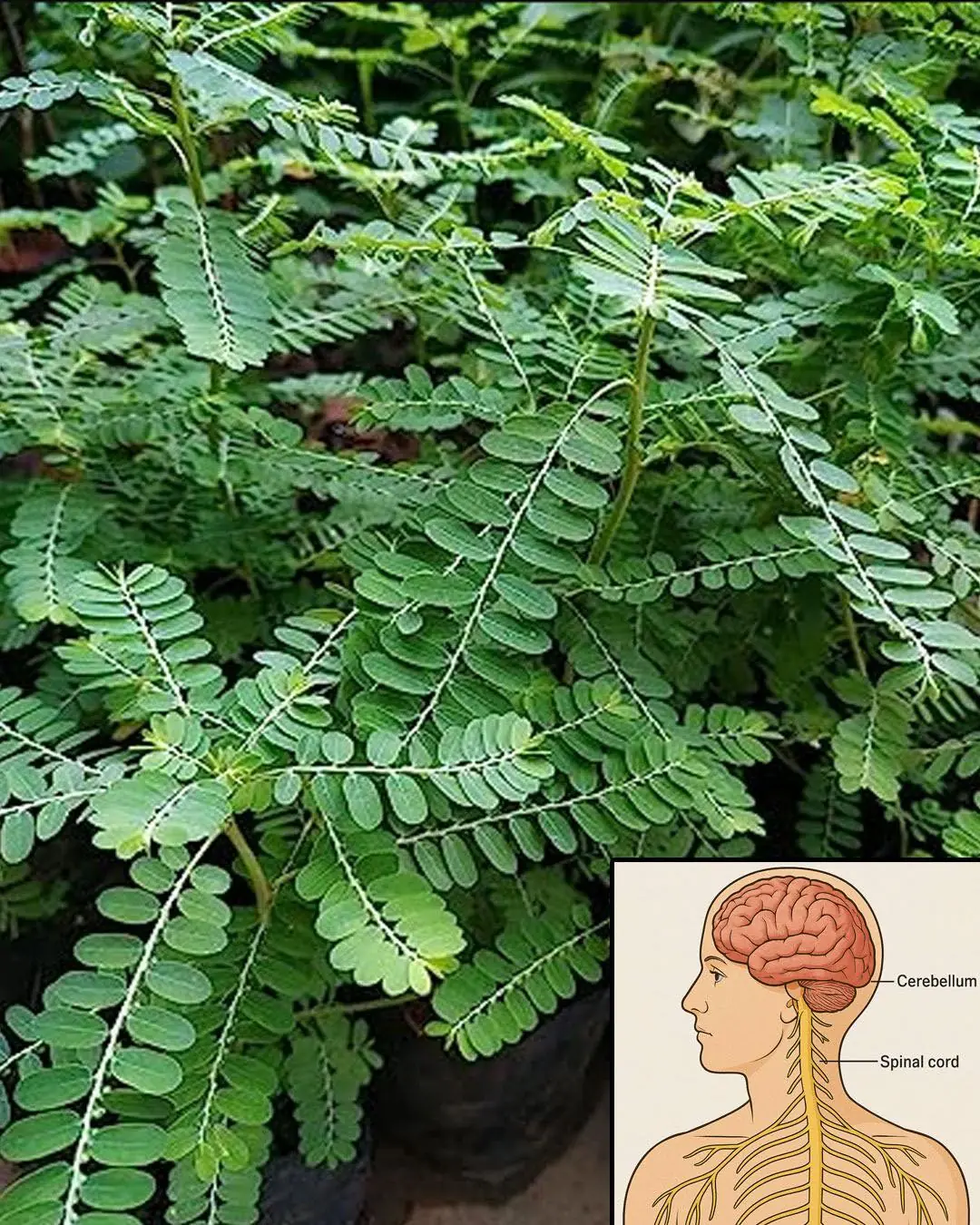
Chanca Piedra (Stonebreaker): Benefits and Uses
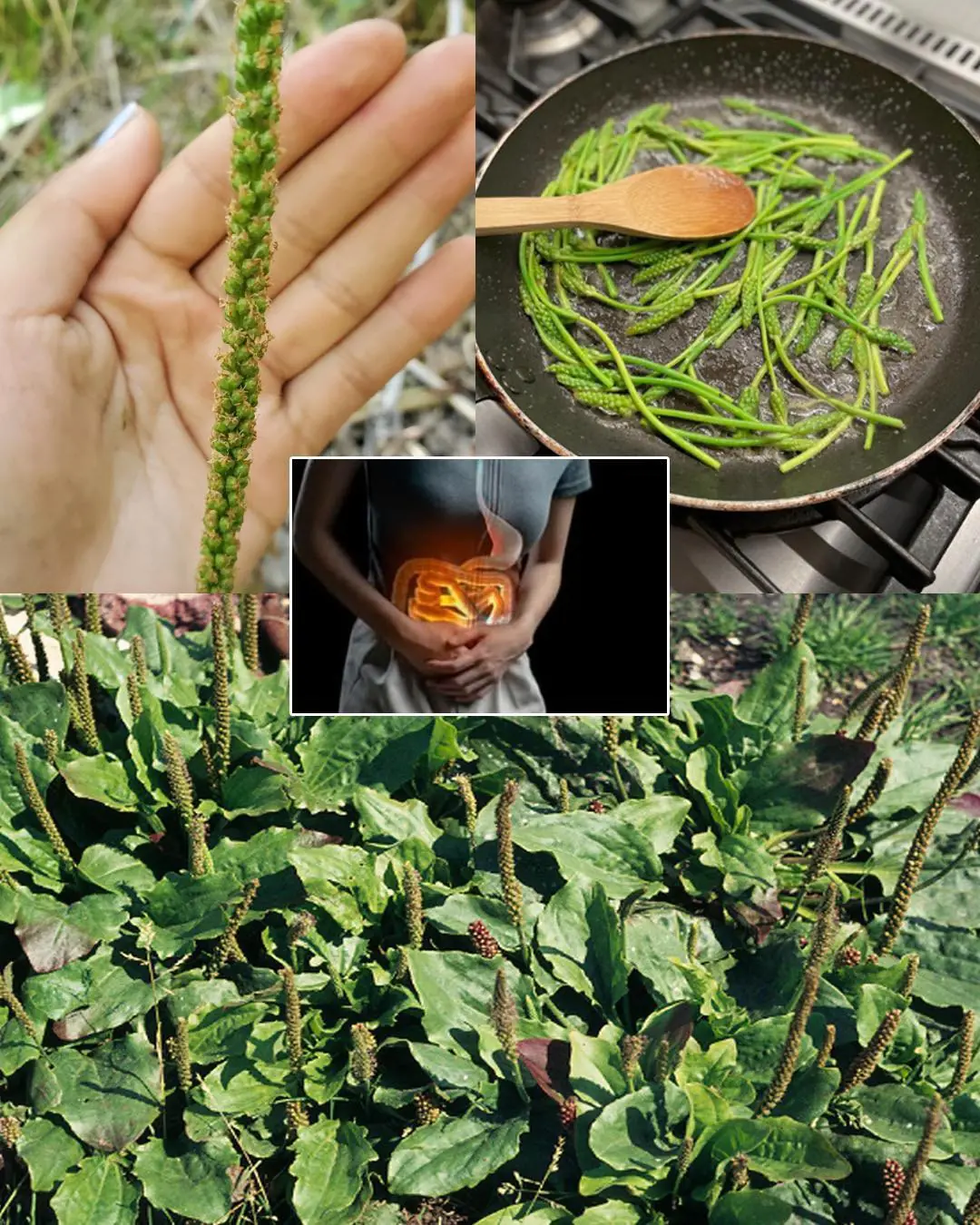
7 benefits and uses of Plantago Major
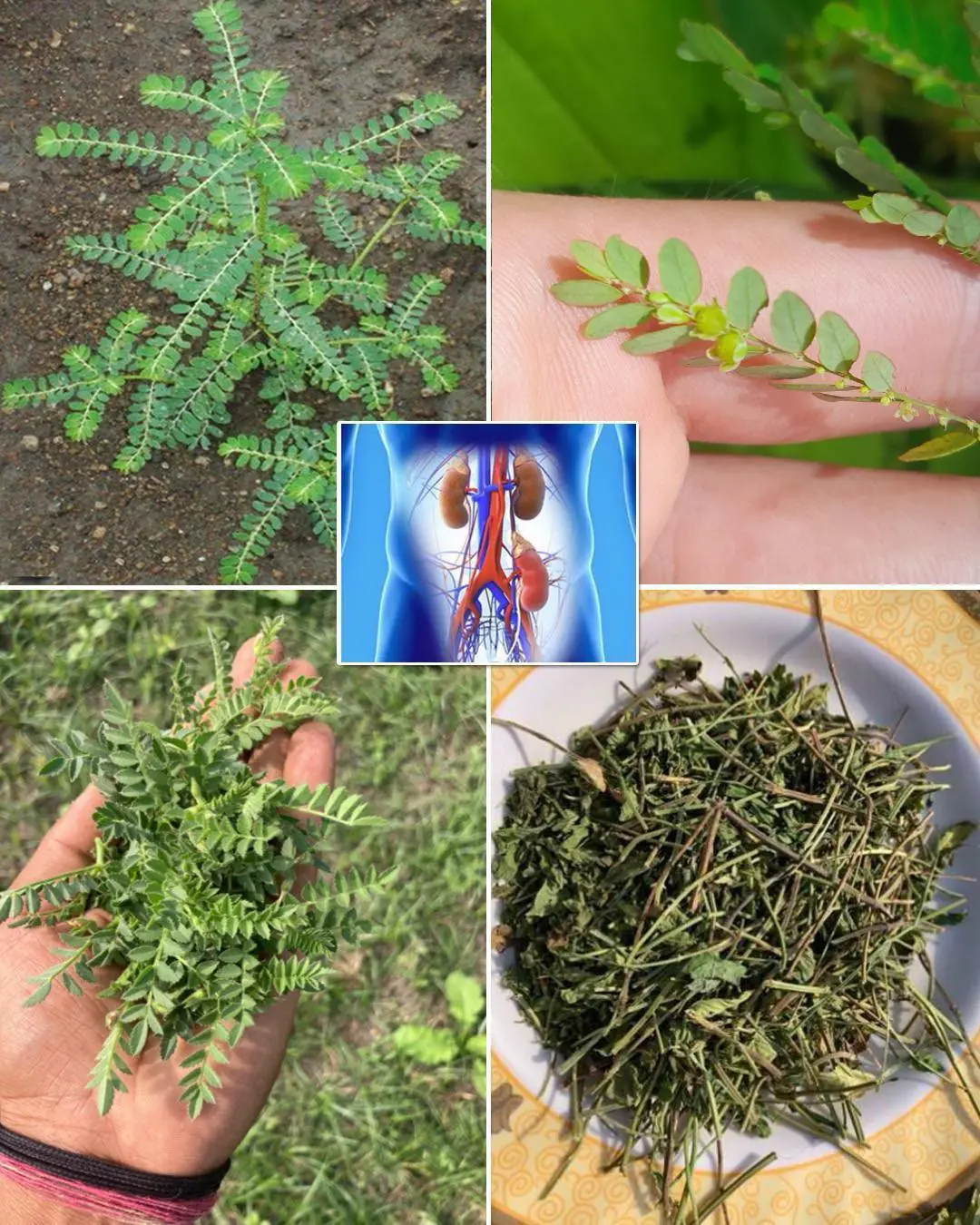
Chanca Piedra (Stonebreaker): Benefits and Uses

A Call for Help at 2 AM: How One Officer Changed a Boy’s Life with Compassion

Ten Minutes From Tragedy—A Dog’s Warning Changed Everything!

Teen Builds $500 Dialysis Machine That Works Faster Than Hospital Models

A Split-Second Decision: Mother’s Quick Thinking Saves a Child

A Letter from My Doggy Heart

The Honey Heist: Bear Cub Breaks Into Store and Naps After Feast
